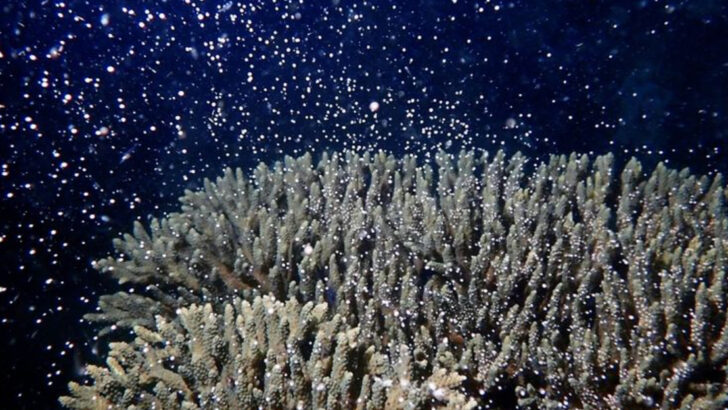When the moon is full, the world doesn’t just glow—it changes.
Tides shift. Shadows stretch. And deep in the water, sky, and forest, something stirs. From tiny coral reefs exploding with life to ancient predators creeping through moonlit grass, full moons flip a biological switch.
These aren’t bedtime stories. These are real creatures—some strange, some breathtaking—that wait for the moon’s spotlight before they make their move. It’s nature’s own lunar ritual, and you won’t believe who’s on the guest list.
So if you’ve ever felt a little off during a full moon, you’re not alone. You’re just in good, wild company.
Coral Reefs
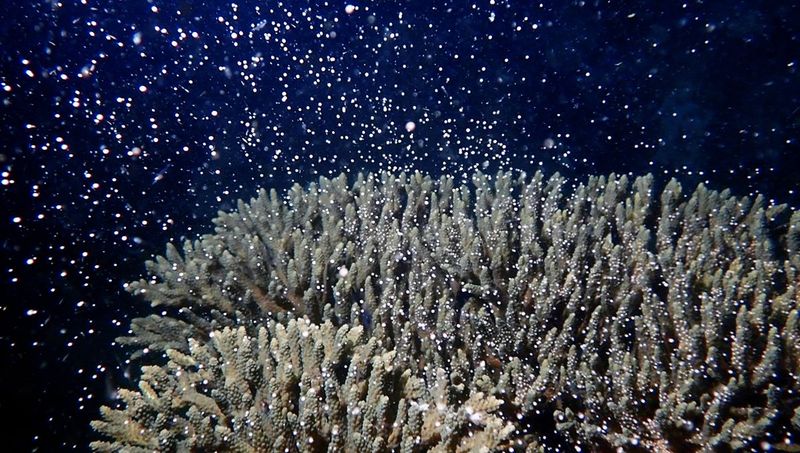
Under the glow of the full moon, coral reefs engage in a mesmerizing event — mass spawning. It’s as if the entire reef is in synchrony, releasing countless eggs and sperm into the water. This timing is not random; the moon’s light acts as a natural cue for this reproductive dance. By doing so, corals enhance the chances of cross-fertilization across the vast ocean. In just a few nights, the ocean transforms into a bustling nursery, teeming with new life. The spectacle is not only crucial for coral propagation but also a feast for marine life.
Oysters

When the full moon graces the night sky, oysters respond in kind. These mollusks subtly adjust their shell openings, a behavior thought to be influenced by the moon’s luminescence. As the moon waxes, oysters narrow their shells, possibly as a protective measure or a response to tidal changes. This lunar sensitivity showcases the intricate connections between celestial bodies and marine life. The full moon not only impacts their behavior but also plays a role in their overall health, keeping the delicate balance of marine ecosystems intact.
Sharks

The full moon has a profound effect on certain shark species. As lunar light bathes the ocean, some sharks alter their depths, staying in deeper waters. This shift is believed to be a strategic response to prey behavior changes under lunar illumination. The full moon might make prey more elusive, driving sharks to adapt. This behavior highlights the intelligence and adaptability of these apex predators. The moonlit ocean is a different realm, and sharks navigate it with a blend of instinct and adaptation, maintaining their position at the top of the food chain.
Doodlebugs (Antlion Larvae)

Doodlebugs, or antlion larvae, take advantage of the full moon to enhance their hunting techniques. These cunning insects dig larger sand traps under the moon’s bright glow, possibly because their prey is more active. The interplay of moonlight and activity creates an optimal hunting scenario for these tiny predators. It’s a testament to nature’s ingenuity, where even the smallest creatures are finely tuned to lunar cycles. The full moon turns the sandy landscapes into a playground for these remarkable hunters, highlighting the broader impact of lunar phases on terrestrial life.
Lions
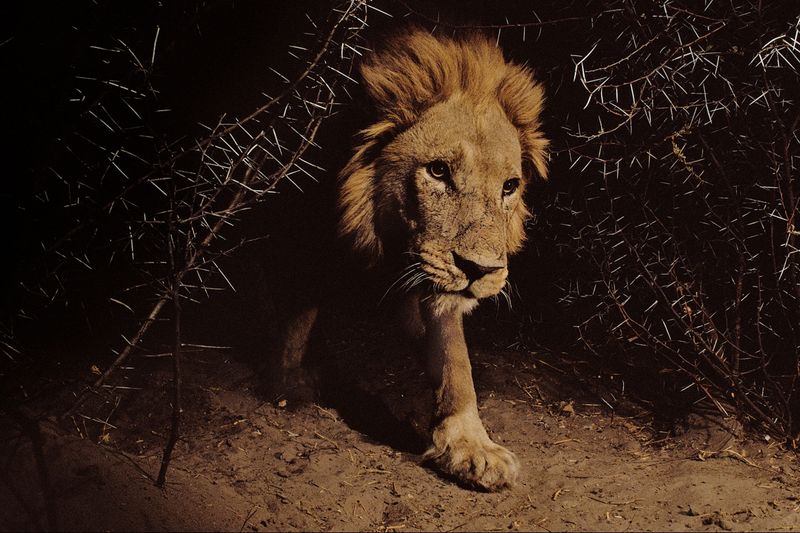
The full moon doesn’t just illuminate the savannah; it alters the behavior of its iconic residents — lions. After a night under the moon’s bright watch, lions may shift their hunting to daylight hours. The increased brightness at night can reduce their hunting success, prompting this adaptation. This behavior offers a glimpse into the complex survival strategies of these majestic predators. The lunar cycle, therefore, has a cascading effect on the savannah’s ecosystem, influencing not just lions but also their prey and the balance of life in this dynamic habitat.
Giant Lunar Moths
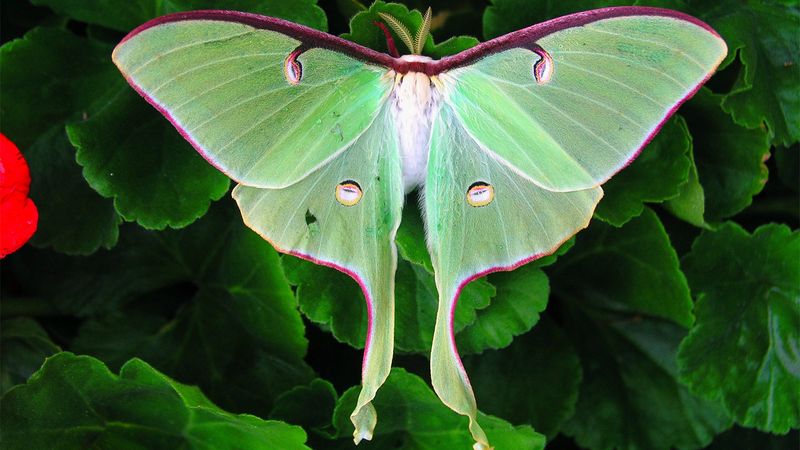
With wings that shimmer like woven silver under the moon’s glow, the giant lunar moth is an ethereal presence. These moths are said to only emerge from their cocoons during a full moon, drawn to its light like a beacon in the night.
Their mesmerizing dance in the moonlight is both a visual feast and an ecological necessity, as they pollinate nocturnal flowers with an elegance that rivals the finest ballet.
Intrigued by their ephemeral beauty, scientists continue to study their lunar attraction, pondering the mysteries of these delicate creatures’ lunar-timed life cycle.
Lunar Owls
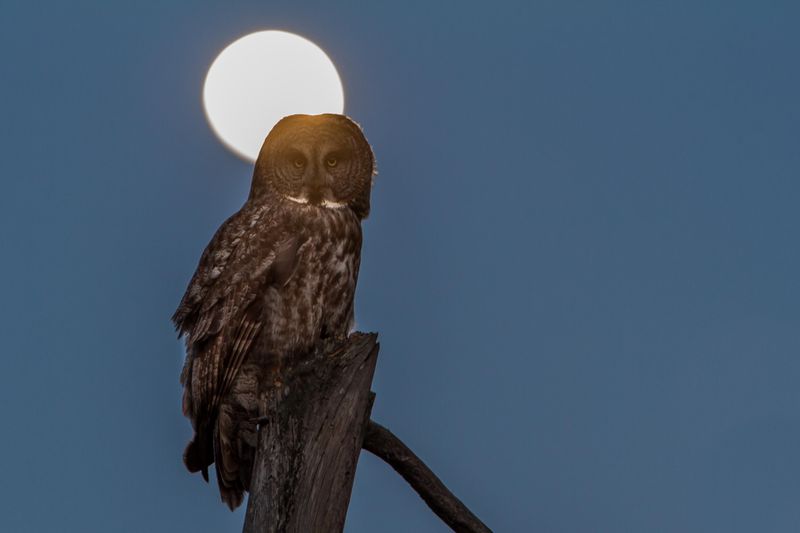
In the silence of a moonlit night, the call of the Lunar Owl rings through the air. Known for their elusive nature, these owls emerge exclusively during the full moon, adding a hauntingly beautiful soundtrack to the night.
Their plumage seems to absorb and reflect the moonlight, providing them with perfect camouflage against predators and prey alike.
For centuries, these owls have been associated with myths and legends, believed to be messengers between worlds. Their moonlit outings are thought to enhance their hunting abilities, as the bright lunar light offers them a tactical advantage.

